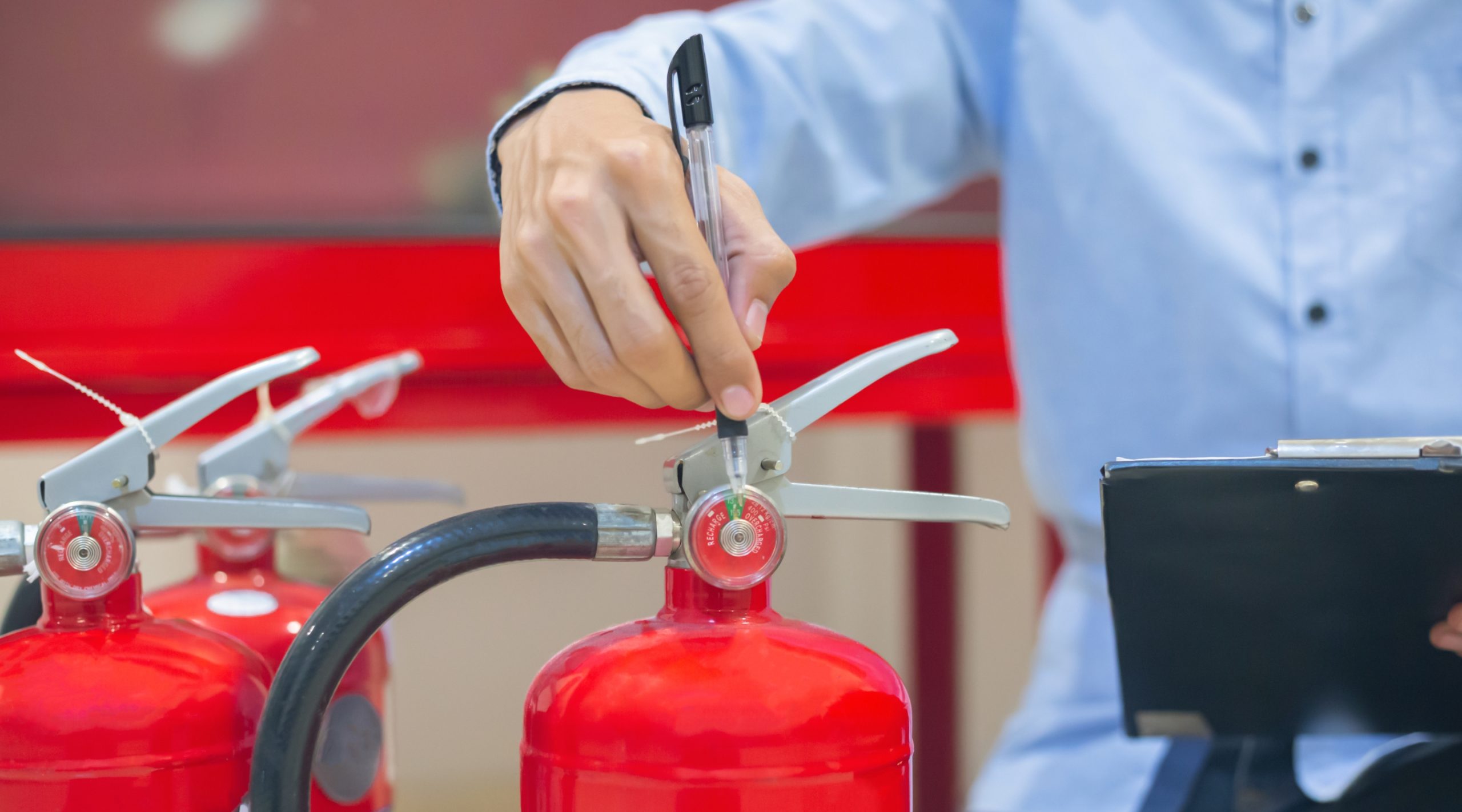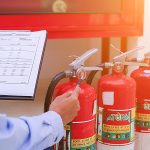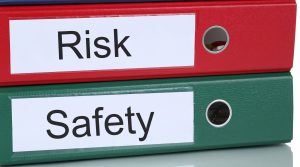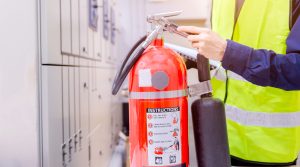
When and Why to Service Your Fire Extinguisher: A Step-by-Step Guide
Introduction
Fire extinguishers are essential safety devices that play a critical role in protecting lives and property during emergencies. However, they can only perform effectively if maintained properly. This article delves into the importance of servicing your fire extinguisher, the recommended schedule for maintenance, and a step-by-step guide to ensure compliance with safety standards.
Why Is Fire Extinguisher Servicing Important?
Ensures Reliability
Over time, extinguishers can lose pressure, develop leaks, or experience component degradation. Regular servicing ensures they are in working condition when needed.Meets Legal Requirements
In many jurisdictions, businesses are legally required to maintain fire extinguishers to comply with safety regulations.Prolongs Lifespan
Routine checks and maintenance can extend the service life of your extinguisher, reducing the need for premature replacement.Identifies Damage
Servicing can uncover issues like corrosion, clogged nozzles, or tampered safety seals that could render the extinguisher ineffective.Ensures Proper Functionality
Regular servicing ensures the extinguisher has the correct type and amount of extinguishing agent.
When to Service Your Fire Extinguisher
Fire extinguishers should be serviced at different intervals to ensure optimal performance:
1. Monthly Inspections:
- Check for visible damage, corrosion, and proper mounting.
- Ensure the pressure gauge needle is in the green zone.
- Verify that the safety pin is intact and the seal is unbroken.
2. Annual Servicing:
- A thorough inspection by a qualified technician.
- Includes checking the internal and external components.
3. Five-Year Maintenance (for water, foam, and powder extinguishers):
- Requires disassembly, internal inspection, and replacement of the extinguishing agent if necessary.
4. Six-Year Maintenance (for CO2 extinguishers):
- Includes internal examination and hydrostatic pressure testing.
5. Replacement or Recharging:
- Replace or recharge after every use, even if only partially discharged.
- Replace extinguishers that are over 10 years old or fail pressure tests.
Step-by-Step Guide to Fire Extinguisher Servicing
1. Visual Inspection:
Examine the exterior for dents, rust, or physical damage.
Check the label for legibility and ensure the operating instructions are intact.
2. Pressure Check:
- Verify the pressure gauge is in the recommended range.
3. Weight Check:
- Weigh the extinguisher to ensure it matches the specified weight on the label.
4. Seal and Safety Pin Inspection:
- Confirm the pin is secured and the tamper seal is intact.
5. Nozzle and Hose Examination:
- Inspect for clogs, cracks, or other damage.
- Ensure the hose is securely attached.
6. Internal Inspection:
- For annual or extended maintenance, technicians open the extinguisher to inspect the internal components.
7. Extinguishing Agent Replacement:
- Replace the agent as required by the maintenance schedule or if contamination is detected.
8. Hydrostatic Testing:
- Test the cylinder’s ability to withstand pressure every 5-6 years.
9. Documentation:
- Record the inspection and servicing details on the maintenance tag.
- Keep a log for compliance and future reference.
Tips for Fire Extinguisher Maintenance
Train Staff: Ensure employees know how to perform basic monthly checks.
Store Properly: Keep extinguishers in easily accessible locations, away from extreme temperatures or moisture.
Use a Certified Technician: For annual and advanced servicing, hire a professional certified by relevant authorities.
Replace Damaged Units: Immediately replace extinguishers with irreparable damage or those that fail inspections.
Conclusion
Servicing your fire extinguisher is not just about compliance; it’s about ensuring safety and preparedness in the face of fire hazards. By adhering to a regular maintenance schedule and following the outlined steps, you can ensure your fire extinguishers are always ready to perform. Protect lives, property, and peace of mind by prioritizing this crucial safety measure.
Optimize your fire safety practices today—because in emergencies, every second counts.






